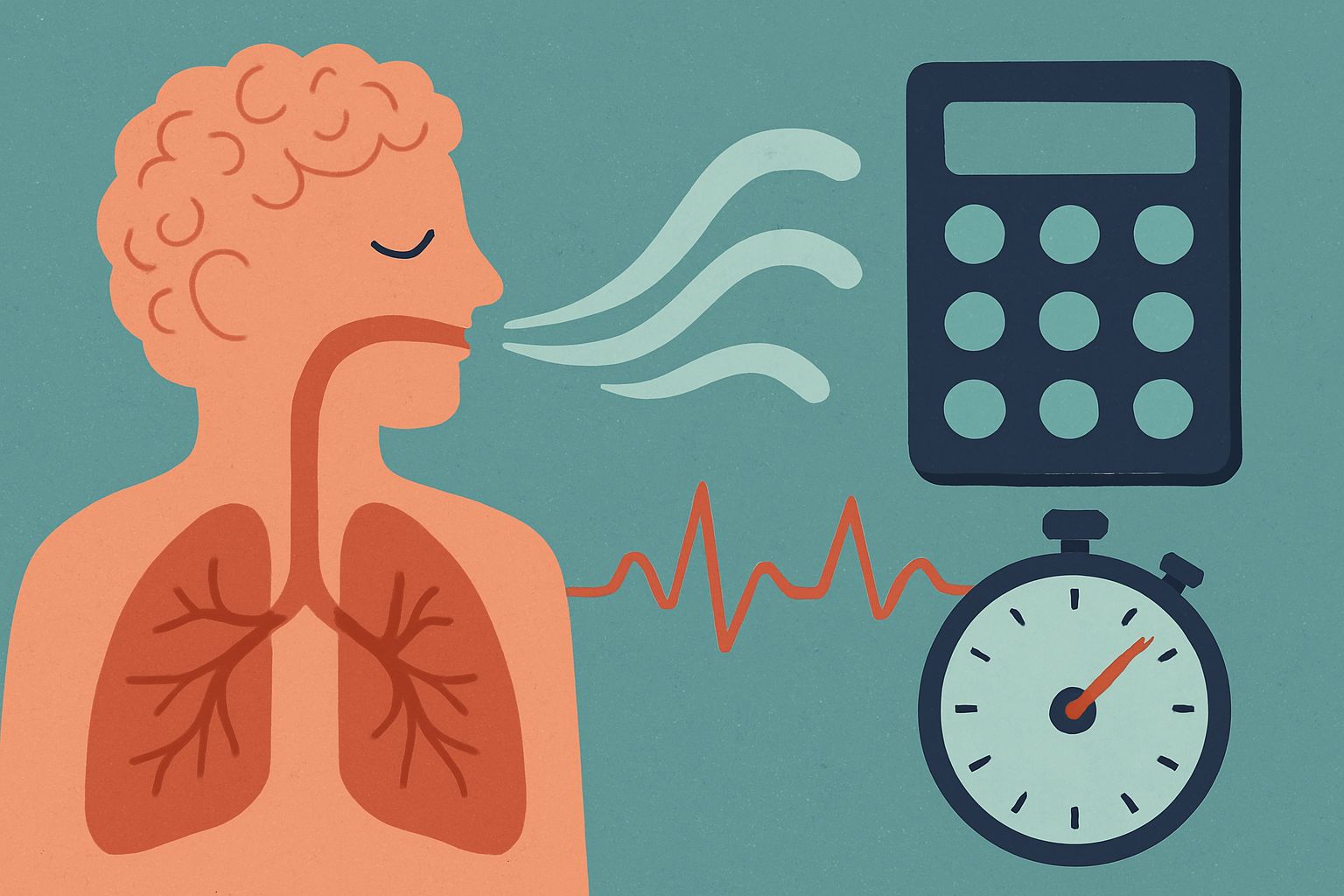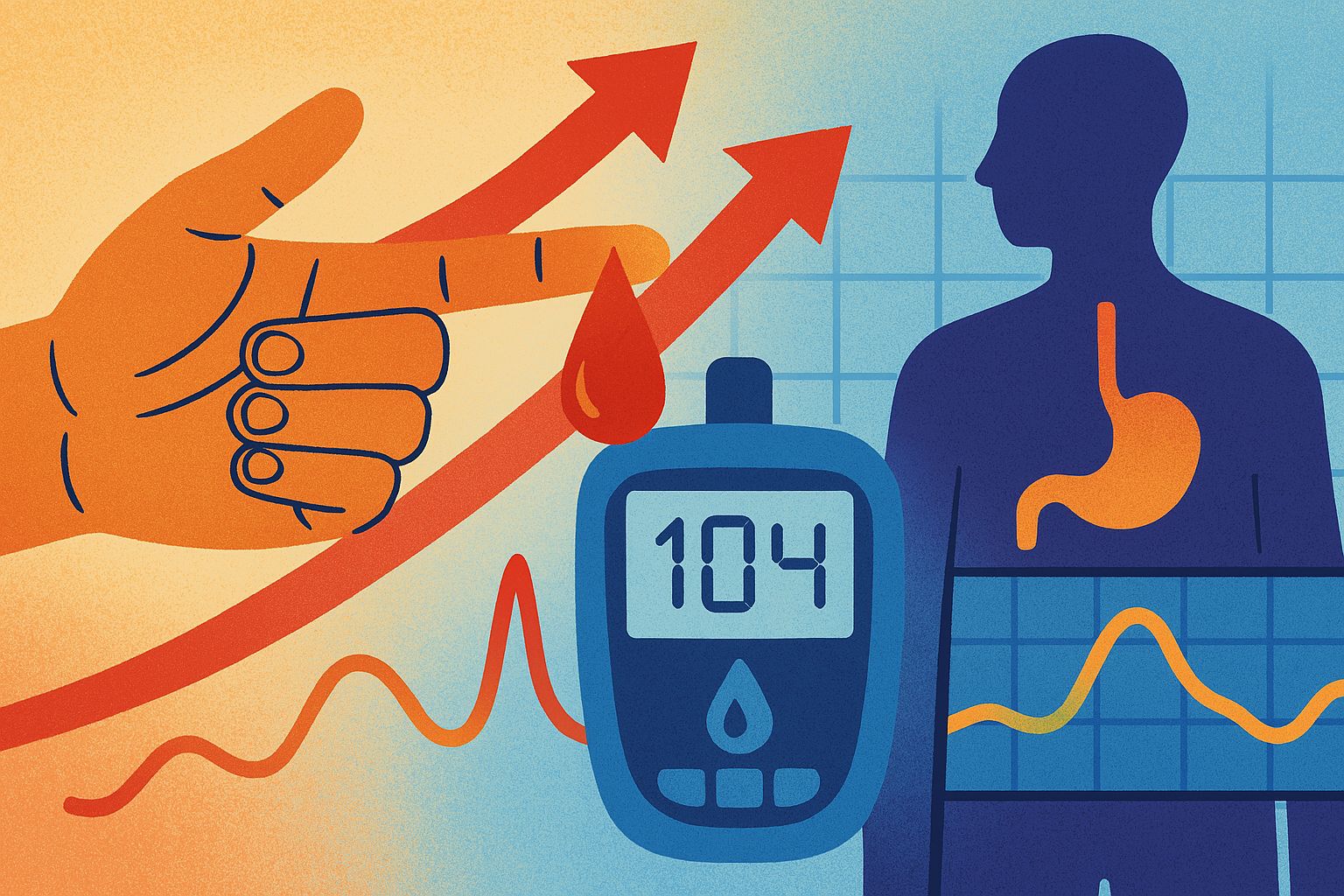Discovering the Path to Your Ideal Weight
When it comes to fitness and health, one of the most common goals people set is to achieve their “ideal weight.” But what does that really mean, and how can you determine it for yourself? The concept of ideal weight is more complex than simply fitting into a specific clothing size or meeting an arbitrary number on the scale. It’s about understanding what your body needs to feel its best and performing at its peak. Fortunately, the rise of modern fitness tools and calculators has made it easier than ever to calculate your ideal weight based on factors like height, body composition, and personal health goals.
In this guide, we will explore the tools that can help you calculate your ideal weight, and more importantly, how to interpret that data to create a fitness strategy that works for you. Let’s take a closer look at the science and the tools behind determining your ideal weight, and how they can empower you to take control of your health and fitness.
The Myth of the “Perfect” Number
For years, the media has pushed an idealized vision of beauty and health, often centered around a particular weight or body shape. While it’s tempting to strive for a “perfect” number on the scale, this concept is misleading. Your ideal weight should not be based on societal standards or unrealistic beauty ideals, but rather on what’s healthy and sustainable for your body.
It’s important to understand that the number on the scale is just one measure of health, and it doesn’t account for vital factors such as muscle mass, bone density, or fat distribution. In fact, muscle weighs more than fat, so someone with a lot of muscle may weigh more yet still be in excellent shape and health.
This is where calculating your ideal weight becomes crucial. Rather than fixating on a single number, using personalized tools allows you to focus on achieving a healthy and balanced body composition, ensuring that you are at your optimal weight for long-term wellness.
Tools That Help You Calculate Your Ideal Weight
Today, there are many tools available to help you determine your ideal weight. Some focus on your body mass index (BMI), others on body fat percentage, and some even consider factors like bone structure and metabolism. But with so many options, how do you know which tools are worth your time? Let’s break down a few of the most popular and effective tools for calculating your ideal weight.
Body Mass Index (BMI) Calculator
The Body Mass Index (BMI) is one of the most commonly used tools to estimate whether you’re in a healthy weight range based on your height and weight. Though it doesn’t account for muscle mass or fat distribution, it provides a general overview of your weight status. The BMI formula divides your weight in kilograms by the square of your height in meters. While BMI can give you a quick snapshot, it may not be the most accurate for everyone, especially for athletes or those with a high muscle mass.
Body Fat Percentage Calculator
Unlike BMI, body fat percentage takes into account the ratio of fat to lean tissue in your body. This tool is a more accurate measure of health because it directly correlates to how much fat you are carrying, which plays a larger role in your overall fitness than body weight alone. To calculate body fat percentage, you can use various methods, including skinfold calipers, bioelectrical impedance devices, or DEXA scans (the gold standard). Knowing your body fat percentage can help you determine if you need to focus on fat loss or muscle gain in your fitness journey.
Waist-to-Hip Ratio Calculator
The waist-to-hip ratio is another useful tool for determining your ideal weight. This measurement compares the circumference of your waist to that of your hips. A higher ratio indicates a greater risk for heart disease and other health problems. A waist-to-hip ratio of 0.9 or higher in men and 0.85 or higher in women is considered a higher risk, indicating that visceral fat (fat around the organs) may be a concern. This is especially important because visceral fat is more harmful than subcutaneous fat (fat under the skin) and is linked to various health issues.
TDEE (Total Daily Energy Expenditure) Calculator
Your Total Daily Energy Expenditure (TDEE) is the total number of calories your body needs to perform all its functions throughout the day, including physical activity, digestion, and basic body functions like breathing. TDEE calculators take your age, gender, weight, height, and activity level into account to give you an accurate estimate of how many calories you should consume to maintain your current weight. By adjusting your TDEE through caloric intake (whether increasing for muscle gain or reducing for fat loss), you can tailor your approach to achieve your ideal weight.
Caloric Needs Calculator
Caloric needs calculators are similar to TDEE calculators but focus on your individual goals—whether it’s losing weight, gaining muscle, or maintaining your current weight. They calculate how many calories you should consume to achieve your goal, taking into consideration your metabolic rate and activity level. This tool is useful because it not only helps you understand how many calories you need but also gives you a roadmap for how to adjust your diet in accordance with your fitness objectives.
How to Use These Tools to Reach Your Ideal Weight
Once you have access to these calculators, it’s important to understand how to use the data they provide. Using one tool in isolation may give you some insight, but combining multiple tools can give you a more comprehensive understanding of your body’s needs. Here’s how to use these calculators strategically:
Start with Your BMI: Although BMI isn’t the most accurate tool for everyone, it can serve as a quick starting point. A healthy BMI typically falls between 18.5 and 24.9. If your BMI falls outside this range, it may be worth investigating further with other tools to determine your ideal weight.
Calculate Your Body Fat Percentage: Use a body fat percentage calculator to gain a more detailed picture of your body composition. Knowing how much fat you carry relative to lean mass is crucial for understanding your overall health. If you’re focused on fat loss or muscle gain, this calculator is one of the most important tools in your toolbox.
Assess Your Waist-to-Hip Ratio: Next, use a waist-to-hip ratio calculator to evaluate your fat distribution. Even if your BMI and body fat percentage fall within the healthy range, a high waist-to-hip ratio can indicate that your body is carrying too much visceral fat, which is more dangerous to your health.
Consider Your TDEE: Now that you have a clearer idea of where you stand, use your TDEE to determine how many calories you should consume to reach your ideal weight. Your TDEE is the foundation for setting up your nutrition plan—whether you need to eat more to gain muscle or eat fewer calories to lose fat.
Refine with Caloric Needs: Finally, adjust your caloric intake based on your specific fitness goals. If you’re working on building lean muscle, you may need a calorie surplus. If you’re aiming to lose fat, you should create a calorie deficit. These adjustments will ensure that you’re in the right range to reach your goal weight.
The Importance of Consistency and Patience
While these tools are extremely helpful, it’s important to remember that calculating your ideal weight is only the beginning of your fitness journey. Achieving your ideal weight takes time, consistency, and patience. It’s essential to be realistic with your expectations and understand that your body won’t change overnight.
The key is to use the data from these calculators to create a tailored, sustainable plan. By tracking your progress regularly and adjusting your intake and exercise routine, you can ensure that you’re on the right path. In fact, small, gradual changes tend to lead to more lasting results than drastic measures.
Your Ideal Weight: A Journey, Not a Destination
Your ideal weight isn’t a fixed number—it’s a reflection of your overall health and fitness, which can evolve over time. It’s important to view this journey as an ongoing process rather than a one-time goal. By using the right tools and focusing on sustainable changes, you can achieve a weight that works for you and supports your health in the long run.
Whether you’re looking to lose weight, gain muscle, or simply feel better in your body, remember that there’s no one-size-fits-all approach. Your ideal weight is personal, and the tools available today can help you determine it in a way that’s tailored to your unique needs.
The Path Forward: Embrace the Power of Tools and Self-Awareness
As you move forward in your fitness journey, continue to embrace the tools that help you understand your body better. Fitness calculators give you the knowledge and data you need to make informed decisions, but ultimately, the key to success lies in consistency, self-awareness, and adapting your plan as you evolve.
With a solid understanding of your body’s needs and a commitment to making positive changes, you’ll not only reach your ideal weight but maintain it in a healthy and sustainable way. Take control of your health, and let the numbers guide you to a balanced, confident, and strong version of yourself.




